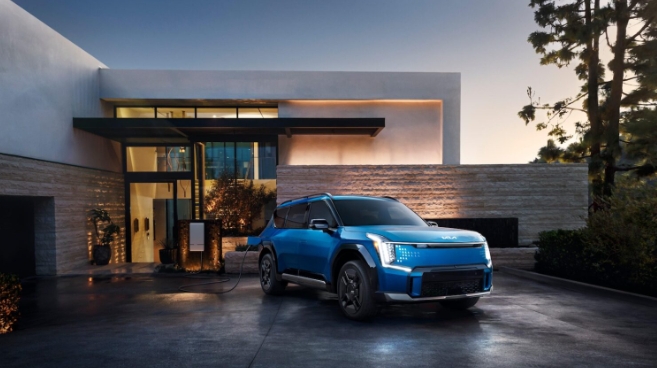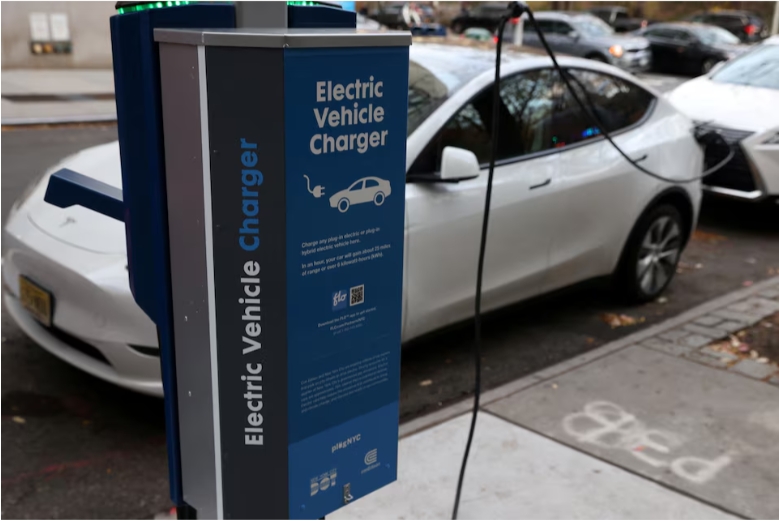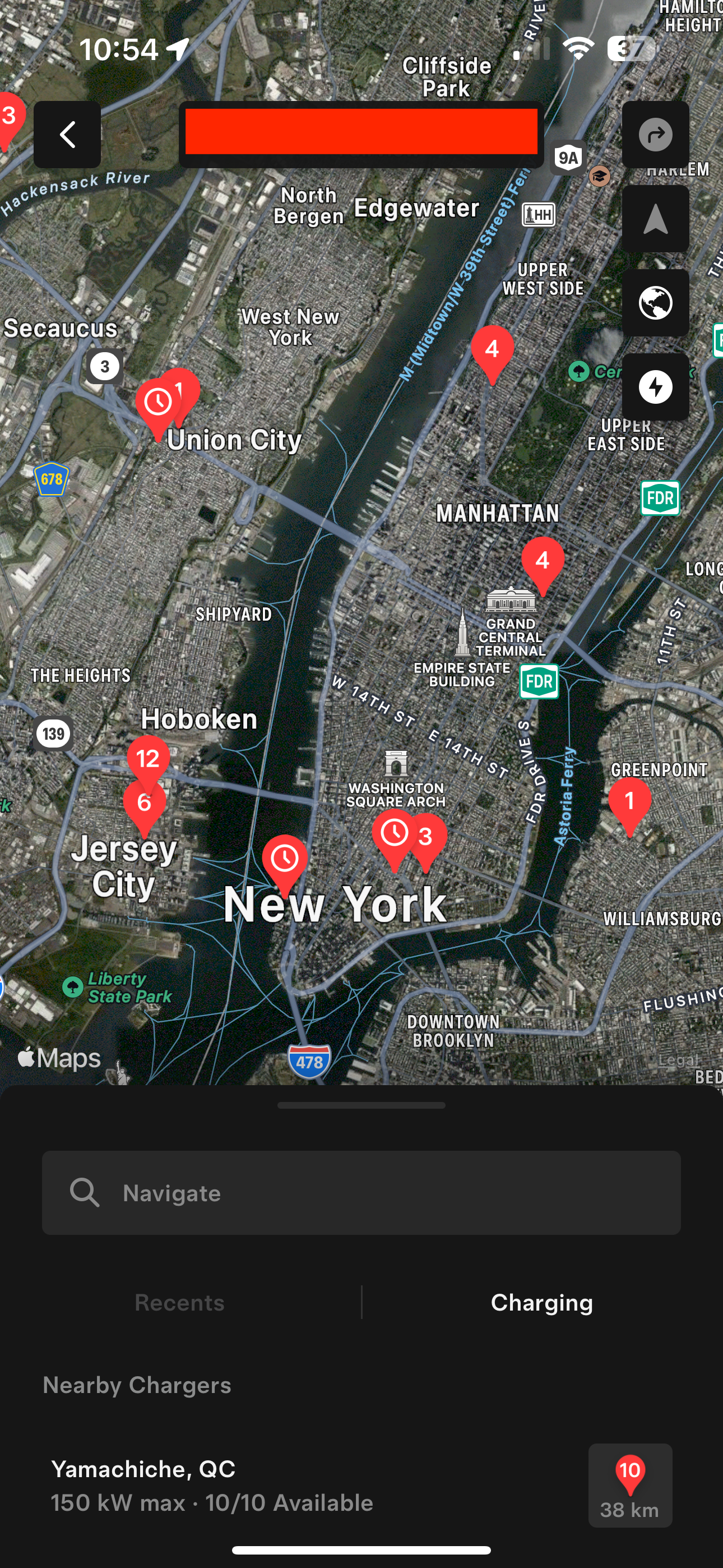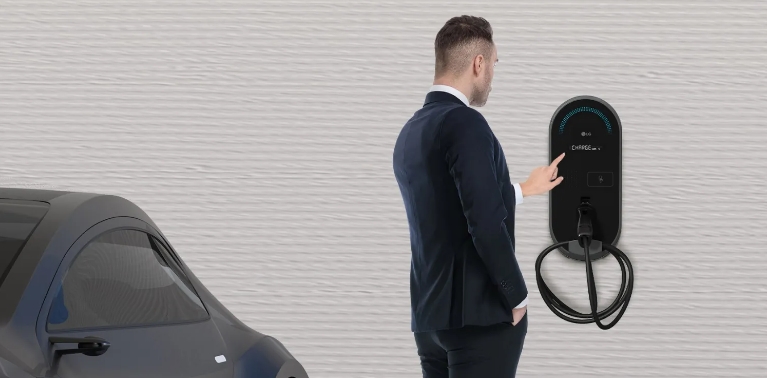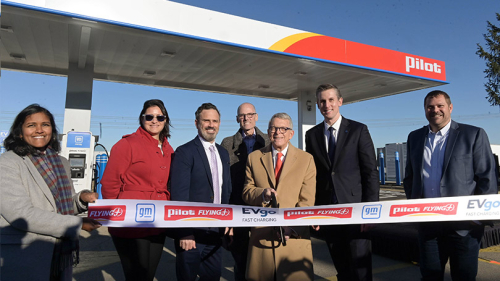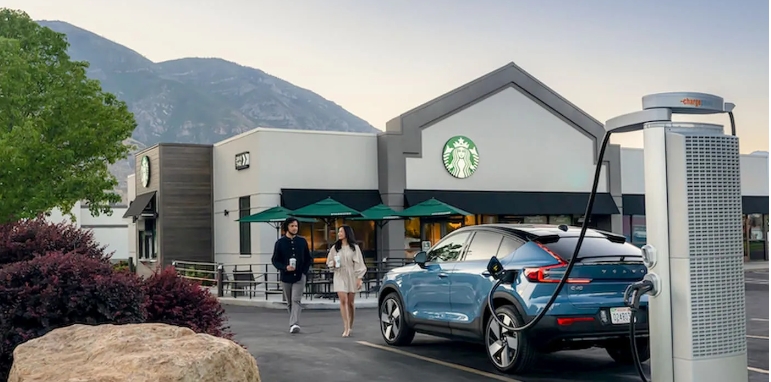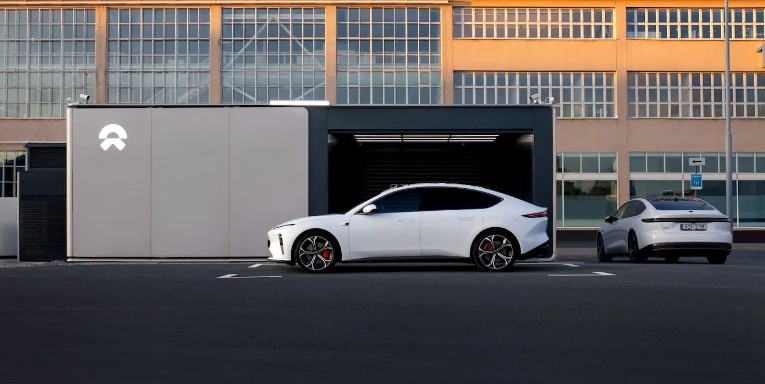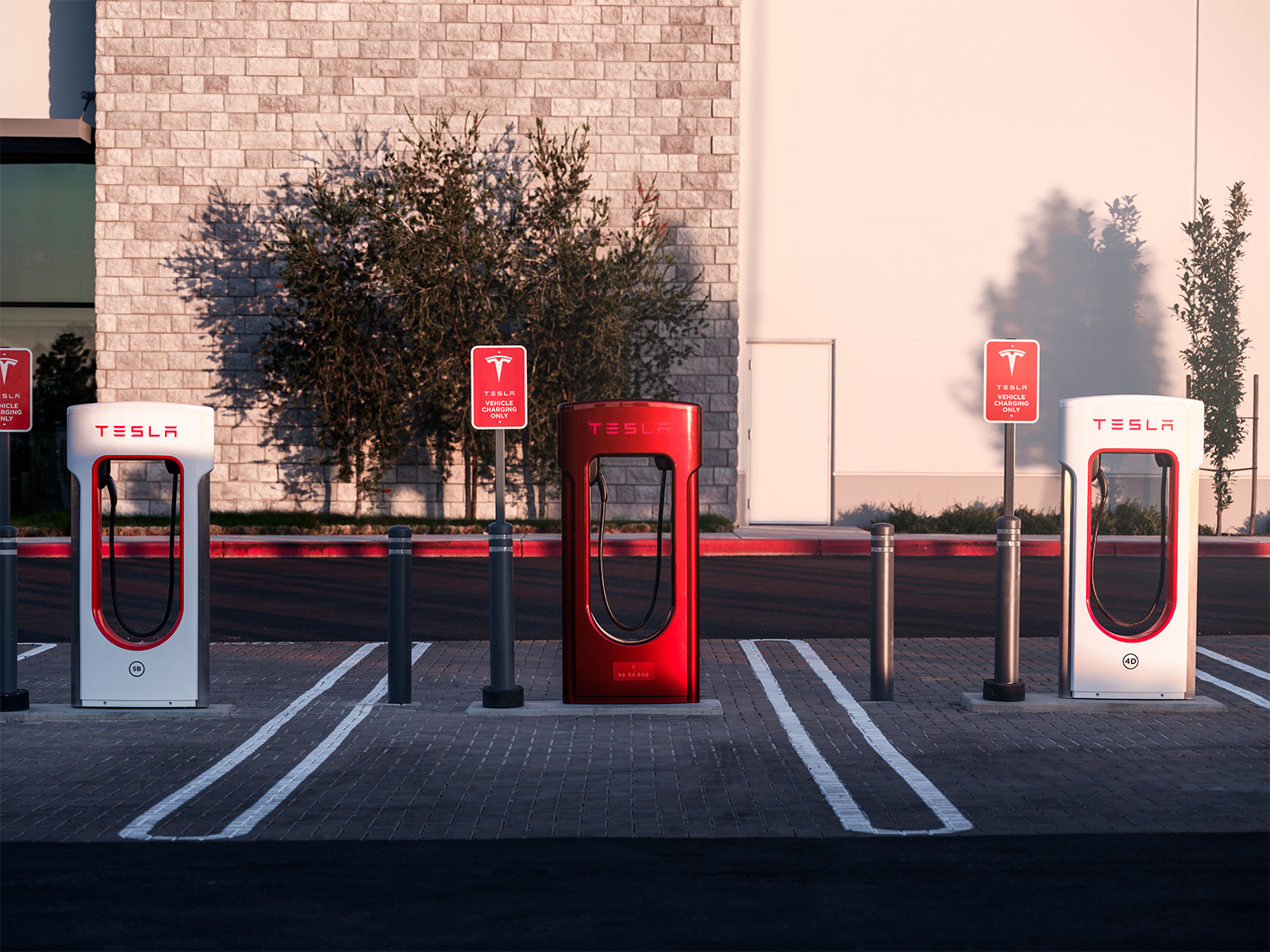 BySimon AlvarezPosted on March 5, 2024The National Renewable Energy Laboratory has revealed something very interesting with regard to the United States’ goal of establishing a nationwide network of electric vehicle fast chargers. As it turns out, Tesla Superchargers are practically carrying the country’s EV fast charger ramp.
BySimon AlvarezPosted on March 5, 2024The National Renewable Energy Laboratory has revealed something very interesting with regard to the United States’ goal of establishing a nationwide network of electric vehicle fast chargers. As it turns out, Tesla Superchargers are practically carrying the country’s EV fast charger ramp.As per a report from Automotive News, the NREL found that without the Tesla Supercharger Network, the US has only achieved 3.1% of its 2030 goal for DC fast chargers. Including the Tesla Supercharger Network, this number increases to 9.1% of the US’ target.
The domination of Tesla’s Supercharger Network is no surprise, considering that the electric vehicle maker has been setting up the rapid charging system to support its own growing fleet of EVs in the United States. Estimates, after all, suggest that as of September last year, about 65% of registered battery electric cars in the US were Teslas.
Akshay Singh, an automotive partner at PwC Strategy&, highlighted the need for a faster pace of EV fast charger installation in the United States. He noted that there “should be a lot more chargers being installed.” He also noted that while the number of rapid EV chargers is increasing in the US, “it’s not as fast as it should be. It’s not enough.”
Considering the widespread adoption of Tesla’s North American Charging Standard (NACS), the ramp of EV rapid chargers in the United States should become more prominent. As noted by Tesla when it formally opened the Supercharger Network to Ford’s electric vehicles, the Supercharger Network is growing at a rate equivalent to one new stall every hour.
Tesla, however, would likely need help to properly ramp the Supercharger Network as its users will increase substantially in the coming years. Automakers like BMW, Mercedes-Benz, Volvo, GM, Hyundai, Honda, Kia, Nissan, and Toyota have noted that their electric cars will also be able to access Tesla Superchargers this year. Other EVs from such as Mazda, Stellantis and Volkswagen Group of America, are expected to adopt Tesla’s NACS in 2025.
